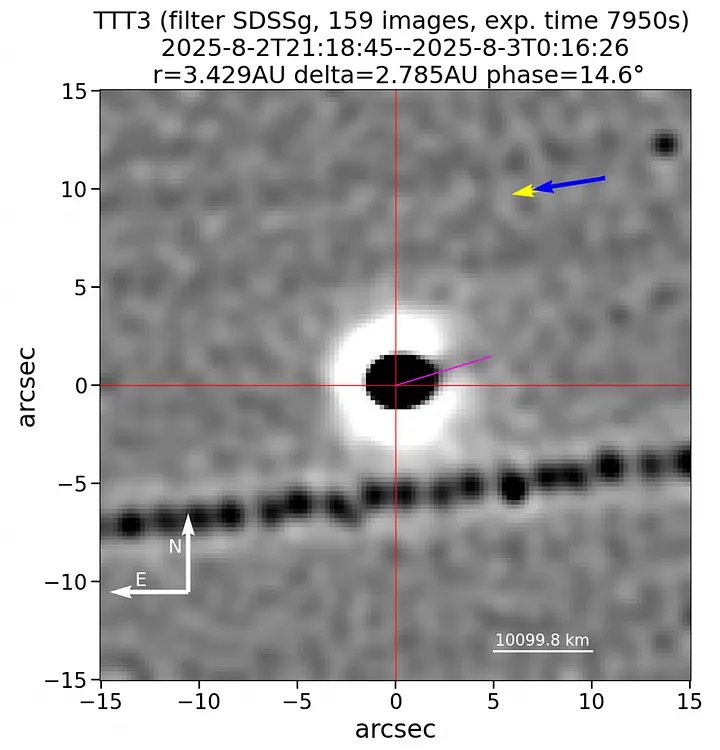
The most tantalizing feature of the interstellar object 3I/ATLAS, was displayed in an image taken by the Hubble Space Telescope on July 21, 2025. The image showed an extended glow pointed towards the Sun.
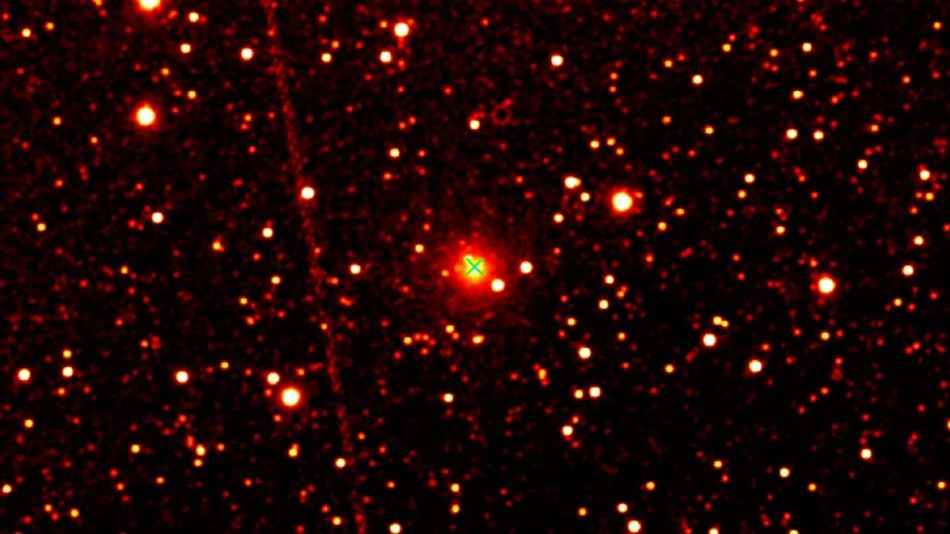
The researchers report that the comet shows an “extremely deep and narrow negative polarisation branch,” a phenomenon that sets it apart from every known interstellar or Solar System comet.
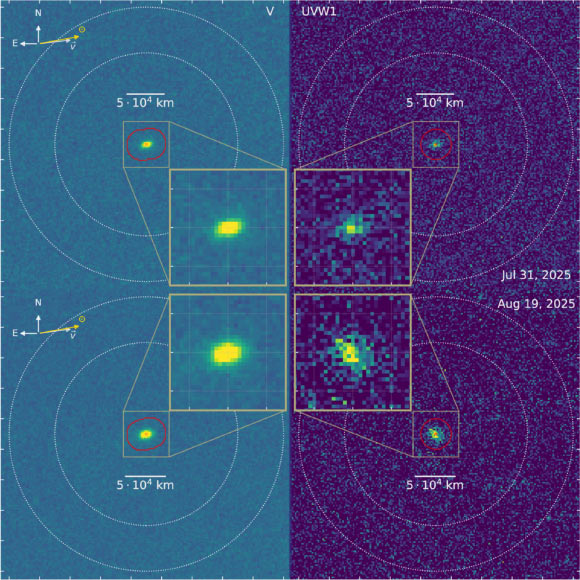
Using the Ultraviolet/Optical Telescope aboard NASA’s Neil Gehrels Swift Observatory, astronomers have detected hydroxyl (OH) gas — a chemical fingerprint of water — from the interstellar object 3I/ATLAS.
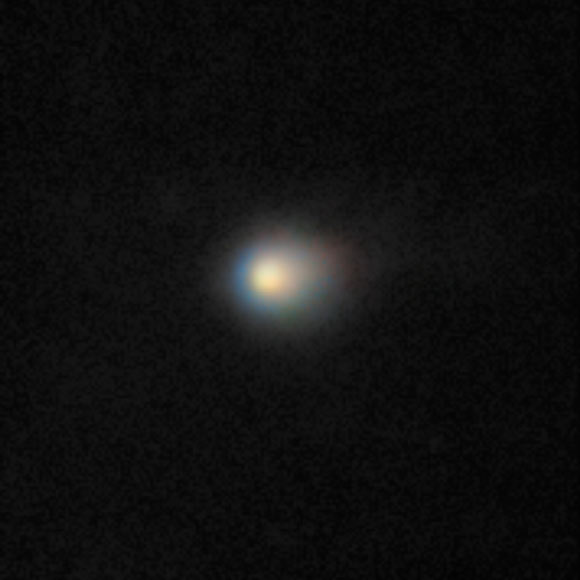
The comet is unique - not only was it made of carbon dioxide, but it had a carbon dioxide ice-to-water ice ratio that was literally out of this world, 8:1, which is among the highest ever recorded.
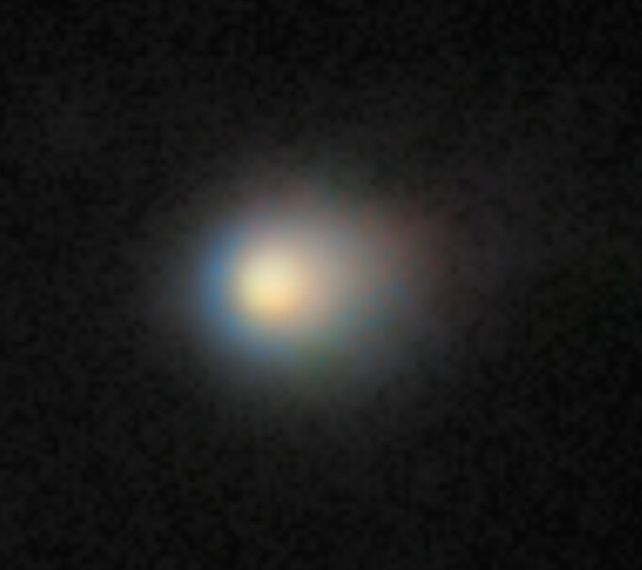
The speed and trajectory of 3I/ATLAS suggest that it comes from the thick disk of the Milky Way, the puffy region around the thin disk wherein just 15 percent of the galaxy's stellar mass resides.
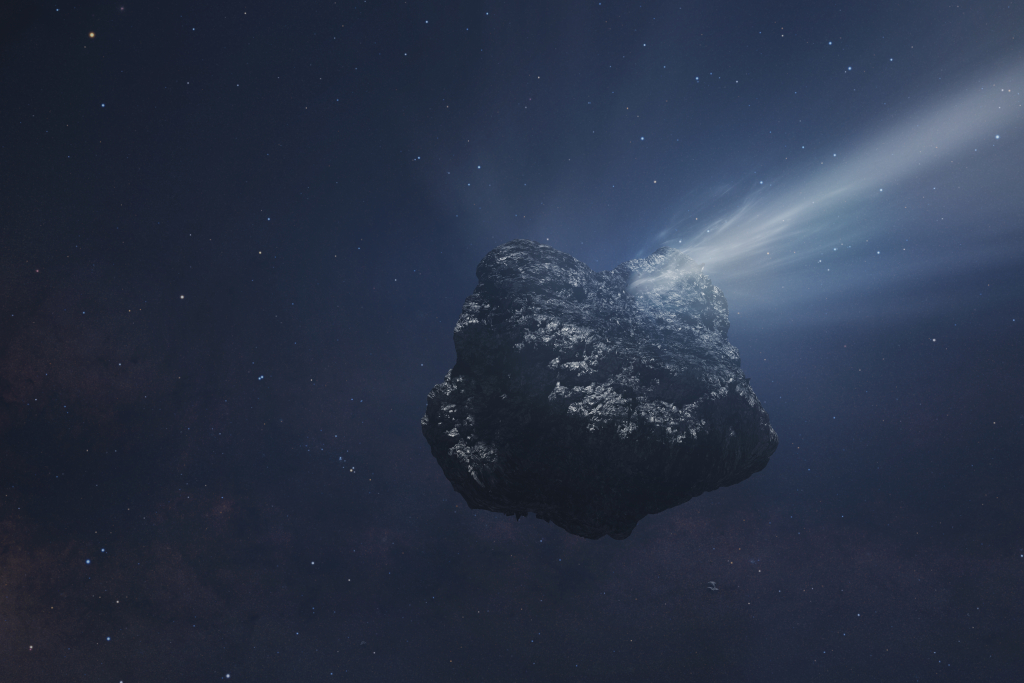
A team of astronomers has made a groundbreaking discovery by detecting molecular activity in comet C/2014 UN271 (Bernardinelli-Bernstein)—the largest and second most distantly active comet ever observed from the Oort Cloud.
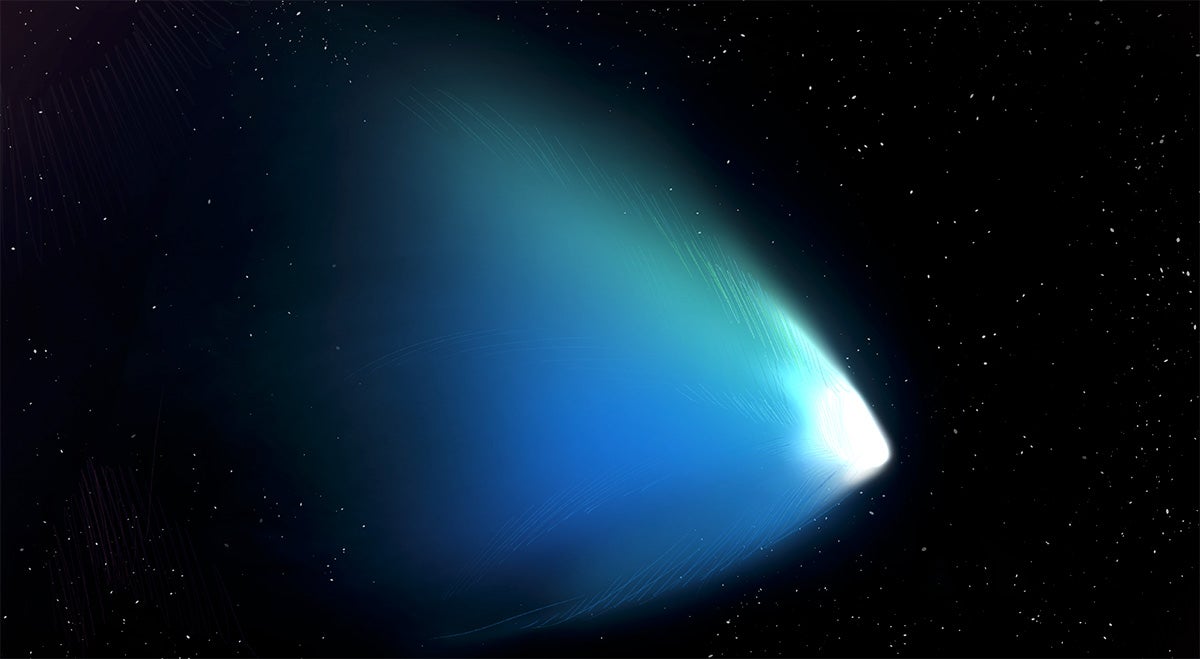
A resent study used James Webb Space Telescope to reveal one-of-a-kind attributes of (2060) Chiron, a distant “centaur” in space sharing properties of both a comet and an asteroid, giving clues to our Solar System’s origins.

Dark comets are objects that looks like asteroids but acts like comets. Now, new research has doubled the number of known dark comets and grouped them into two distinct populations.
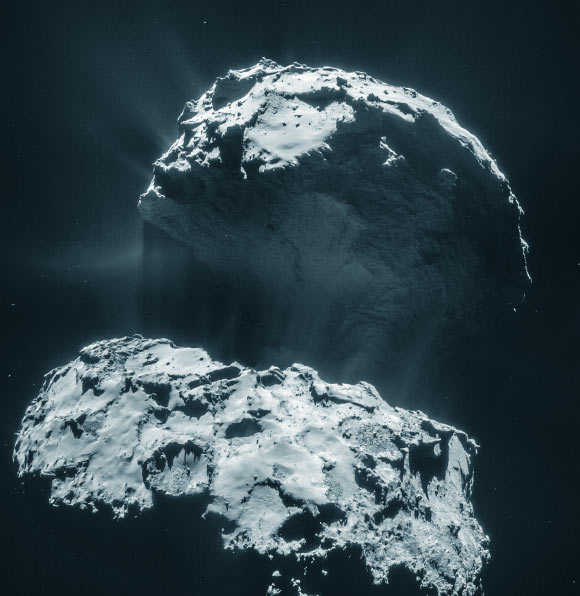
Contradicting the results of several recent studies, the new findings reopen the case that Jupiter-family comets like 67P/Churyumov-Gerasimenko could have helped deliver water to Earth.
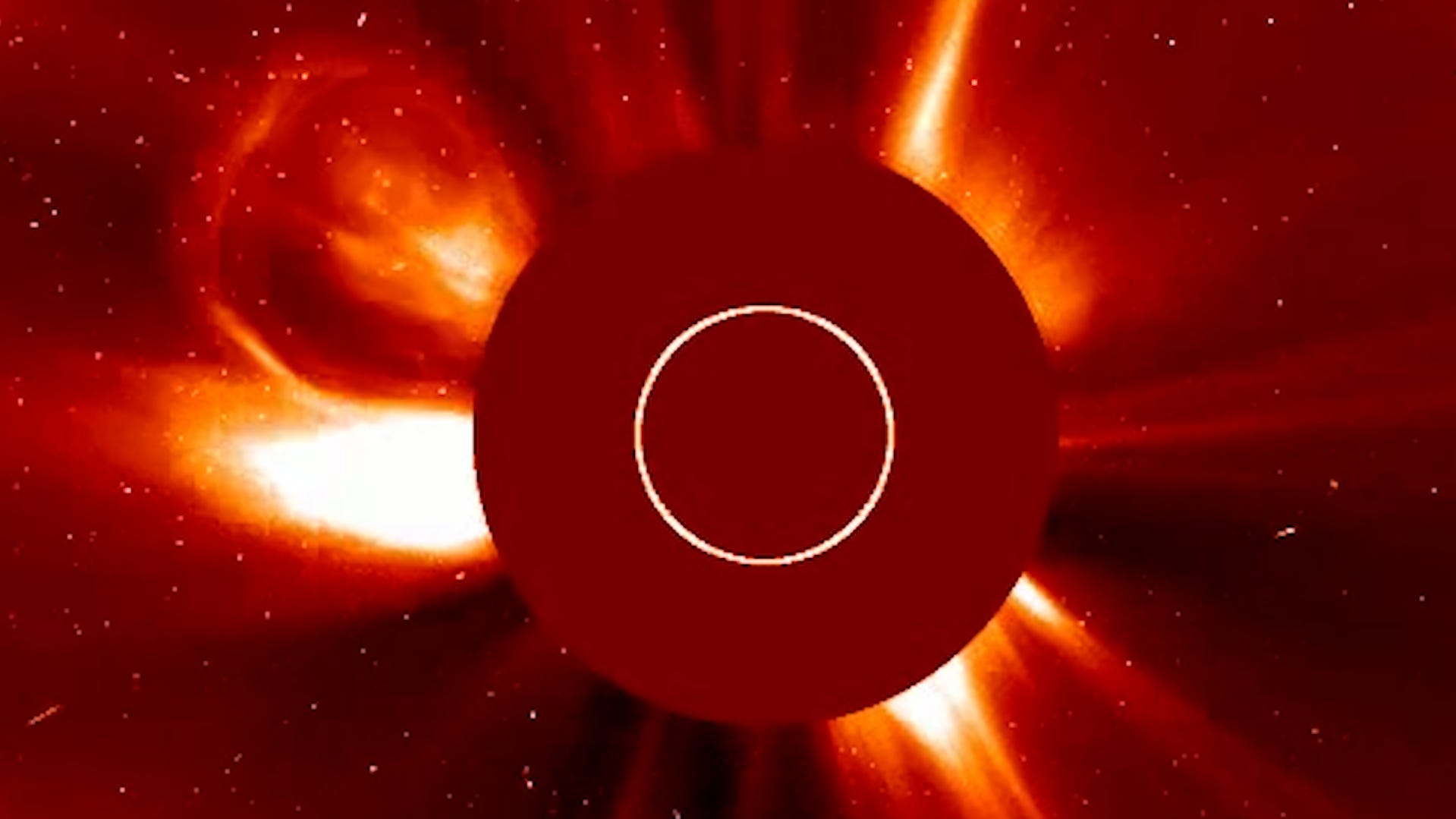
The streaking Comet C/2024 S1 (ATLAS) has met a dramatic end, disintegrating as it approached its closest point to the sun this week.

Comet C/2023 A3 (Tsuchinshan-ATLAS) is expected to be the brightest spectacle of 2024.
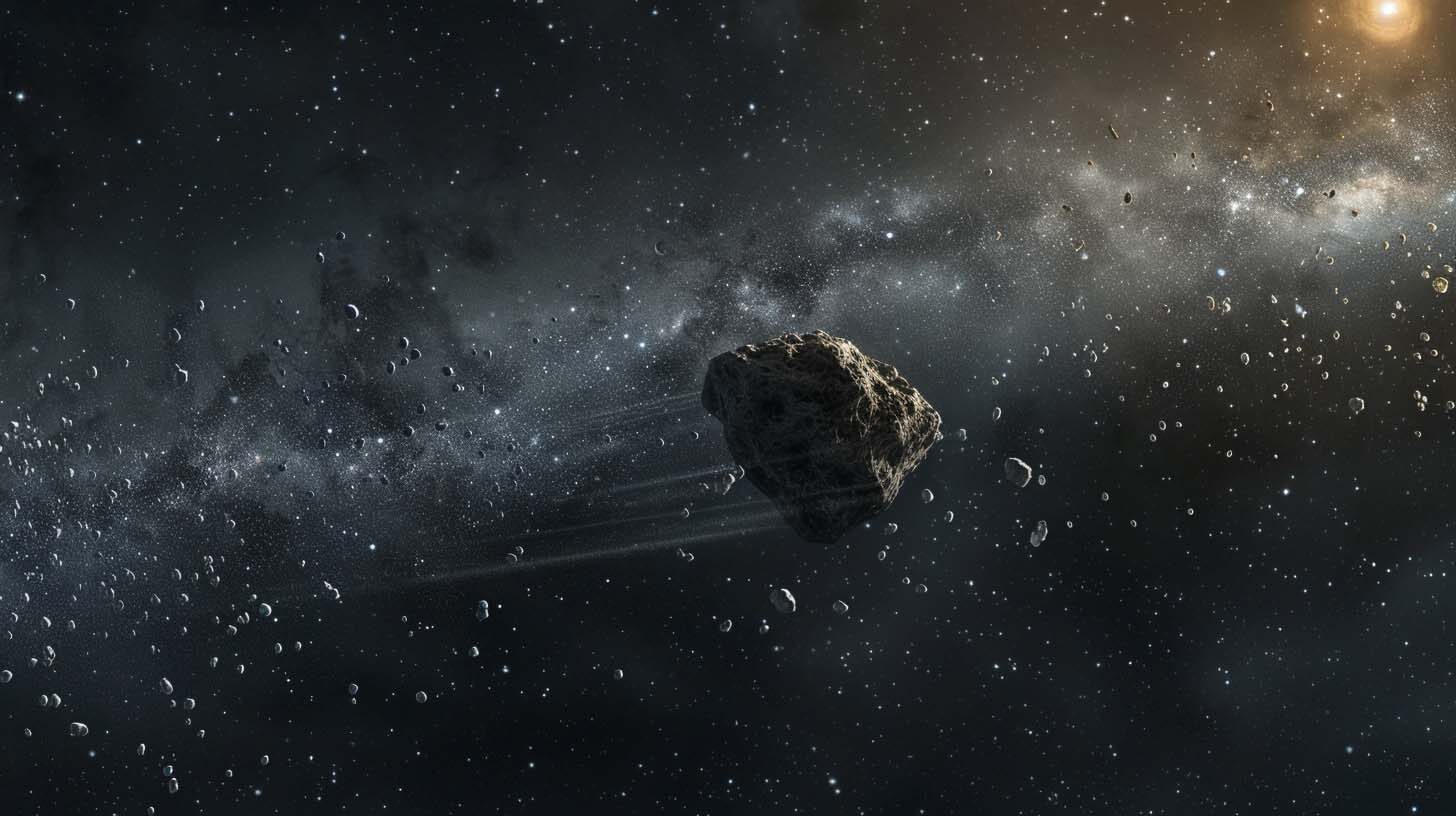
The mysterious objects may be far more common than we thought and may have brought water to Earth.
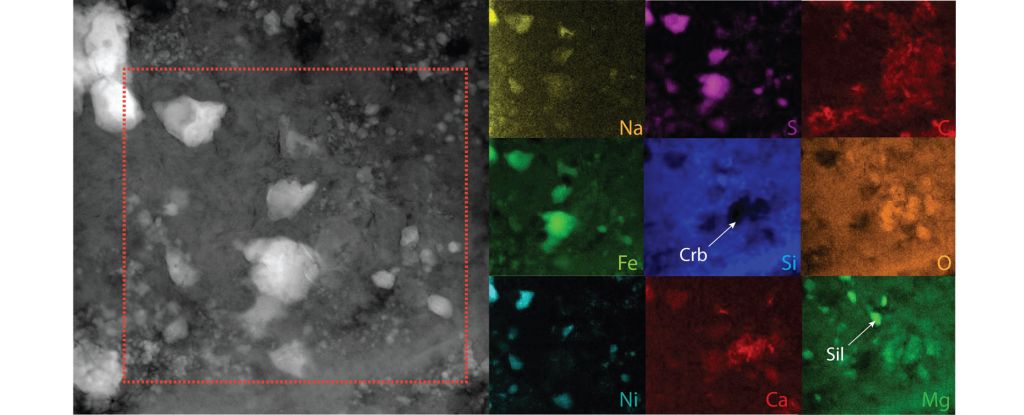
A lot as changed in the 4.5 billion or so years since the Solar System first came together from a disk-shaped cloud of swirling dust and gas.
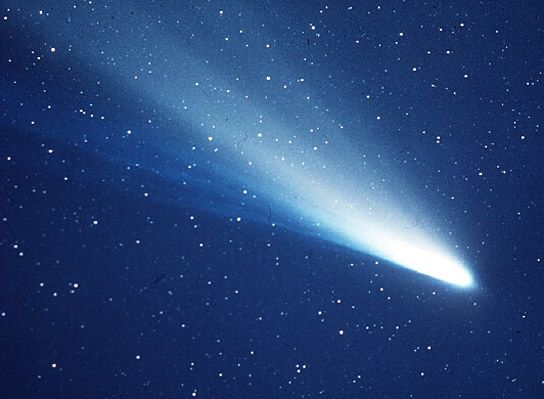
A new study aimed at answering the latter question finds that some building blocks didn’t need to have formed on Earth, but could have arrived from space.
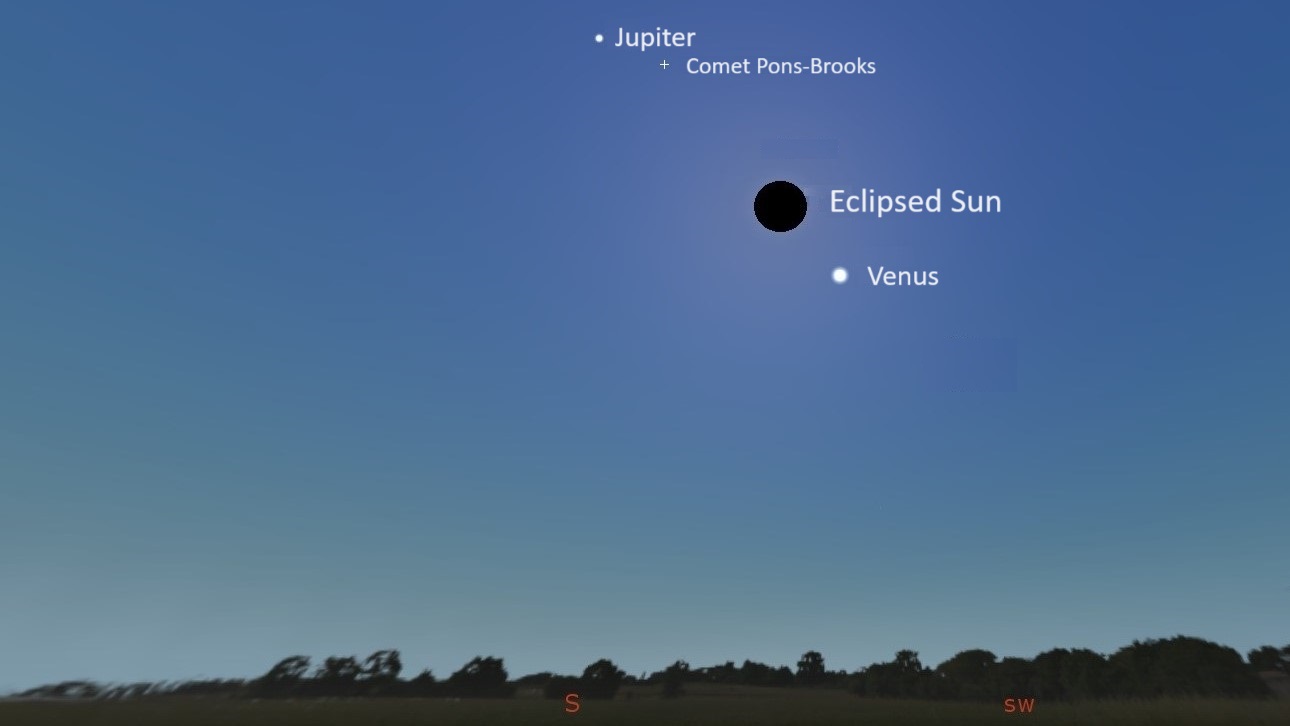
Comet Pons-Brooks visits the inner solar system every 71 years. Its next perihelion (when it’s closest to the sun) will be on April 21, 2024.